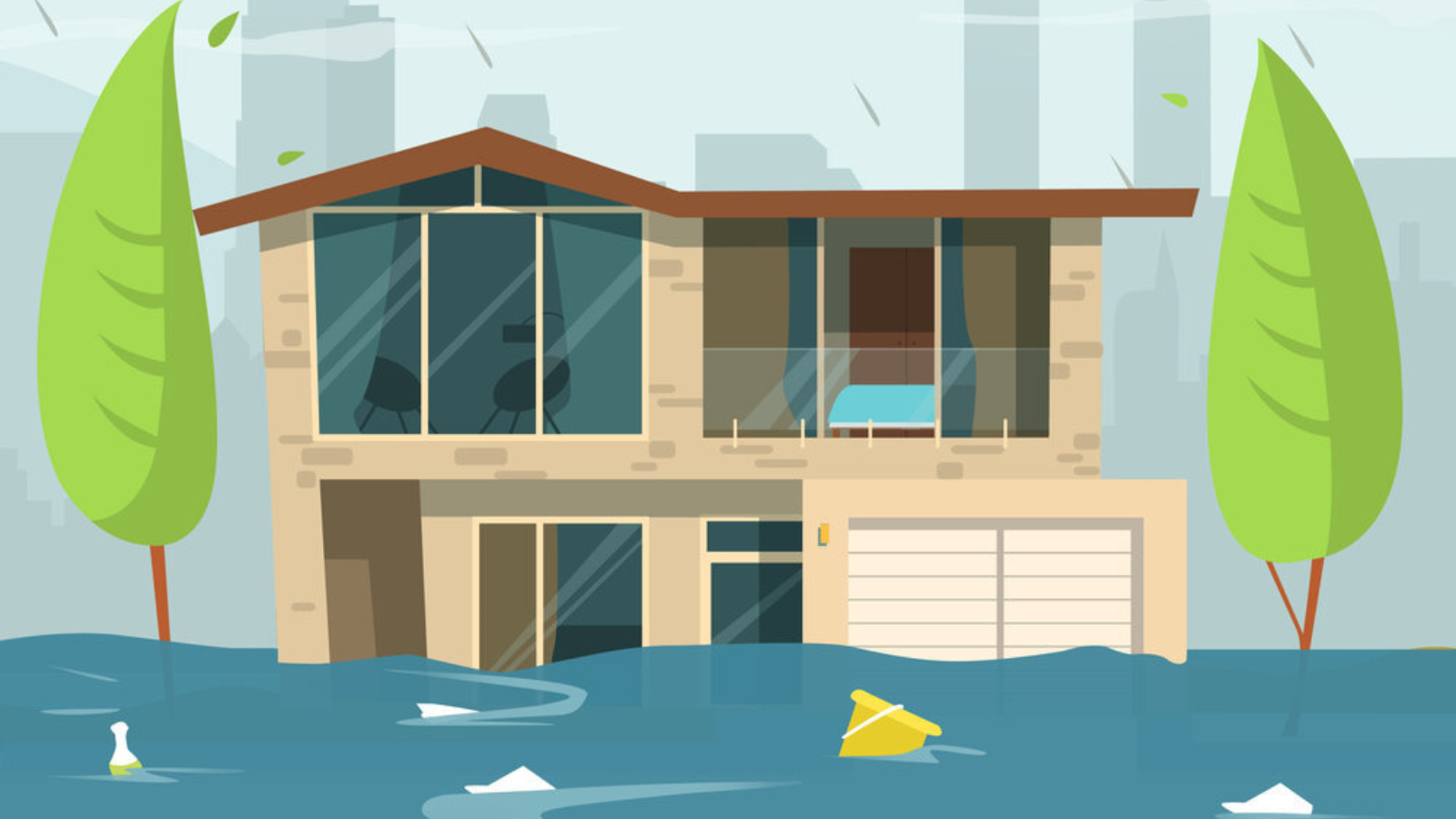As a resident of Santa Cruz, you may think that flood insurance is unnecessary because you don’t live in a flood zone, or that you live in a 500-year flood zone and it’s pretty low risk. However, recent events like Hurricane Florence have shown that floods can happen anywhere, even in areas considered low-risk. In this article, we will explore why Santa Cruz homeowners should carefully consider getting flood insurance to protect their largest financial investment.
1. Your Standard Homeowner’s Insurance Policy Does Not Typically Cover Flood Damage
One common misconception among homeowners is that their standard home insurance policies cover flood damage. However, this is not the case. According to the 2016 Consumer Insurance Survey by the Insurance Information Institute, at least 43% of homeowners incorrectly believe that heavy rain flooding is covered under their standard insurance. Unfortunately, most homes in Santa Cruz are underprepared for the aftermath of a flood. A Washington Post analysis revealed that only one in 10 homes in the hardest-hit counties by Hurricane Florence had flood insurance.
To ensure coverage for flood damage, Santa Cruz homeowners will need a policy offered through the government’s National Flood Insurance Program (NFIP). The average annual premium for a policy through the NFIP is $866, with a maximum coverage of $250,000 for your home and $100,000 for its contents.
2. Floods Can Happen Anywhere, Even Miles Away from a Floodplain or Bodies of Water
It only takes one inch of water to cause $25,000 of damage to your home, as reported by FEMA. While you may live miles away from water and your area may be considered low-risk, it doesn’t mean there’s no risk involved. Surprisingly, over 20% of flood insurance claims come from properties outside high-risk flood zones.
Even if you are not required by lenders to get flood insurance due to your location, it is still recommended that Santa Cruz homeowners in low- to medium-risk areas consider buying a policy. The unpredictable nature of floods means that no area is completely immune from potential damage.
3. Flood Maps Can Change
Floodplains and floodplain maps are not static entities. They can change and evolve over time. Just because you don’t currently live on a floodplain doesn’t mean your area will always be low risk. It’s important to stay informed about the flood risks in your area by checking resources such as FloodSmart.gov or consulting with your insurance agent.
These resources can provide valuable information about the changing flood maps, potential risks, and available premiums and agents near you. Keeping up-to-date with the flood risk in your area can help you make informed decisions about obtaining flood insurance. Getting your property surveyed can also show if your home in a flood plain or not.
4. Floods Are the Most Common Weather Emergency
Floods are the most common weather emergency, and they can occur from a variety of causes. According to FEMA, flooding can happen due to hurricanes, tropical storms, cyclones, heavy rains, winter storms, spring thaws, overburdened or clogged drainage systems, or even nearby construction activities. It doesn’t always require a major weather event for your property to be affected by a flood.
Unlike other types of disasters, flood insurance can provide coverage regardless of whether or not there is a Presidential Disaster Declaration. This means that even if the flood is not deemed a national emergency, you can still rely on your flood insurance to help you recover from the damage.
5. There is a 30-Day Waiting Period Before the Policy Goes into Effect
One important thing to note when considering flood insurance is that there is typically a 30-day waiting period between purchasing the coverage and when it goes into effect. This means that you cannot wait until a hurricane or storm is imminent to get flood insurance. It’s crucial to plan ahead and purchase a policy at least a month in advance to be eligible for reimbursement.
The only exception to this waiting period is if the policy is required upon closing on a new home purchase. In such cases, you can have peace of mind knowing that your new home and its contents are insured even during the waiting period.
Bottom Line: Protect Your Largest Financial Investment
Flood insurance premiums in Santa Cruz vary depending on factors such as home elevation, construction date, and the relative risk of the area. While the National Flood Insurance Program provides coverage up to $350,000 for your home and its contents, you may also consider purchasing excess flood insurance through a private carrier to cover amounts above the program’s limits.
It may seem like an additional expense, but flood insurance is essential to protect your largest financial investment. In the event of flood damage, relying on federal grants or loans may not be sufficient to cover the full extent of the damage. Insurance can provide the necessary support to bring you back to your pre-disaster condition.
Don’t overlook the importance of flood insurance, even if you don’t live in a flood zone. Santa Cruz homeowners should carefully consider obtaining flood insurance to safeguard their homes and belongings from the devastating effects of floods.





